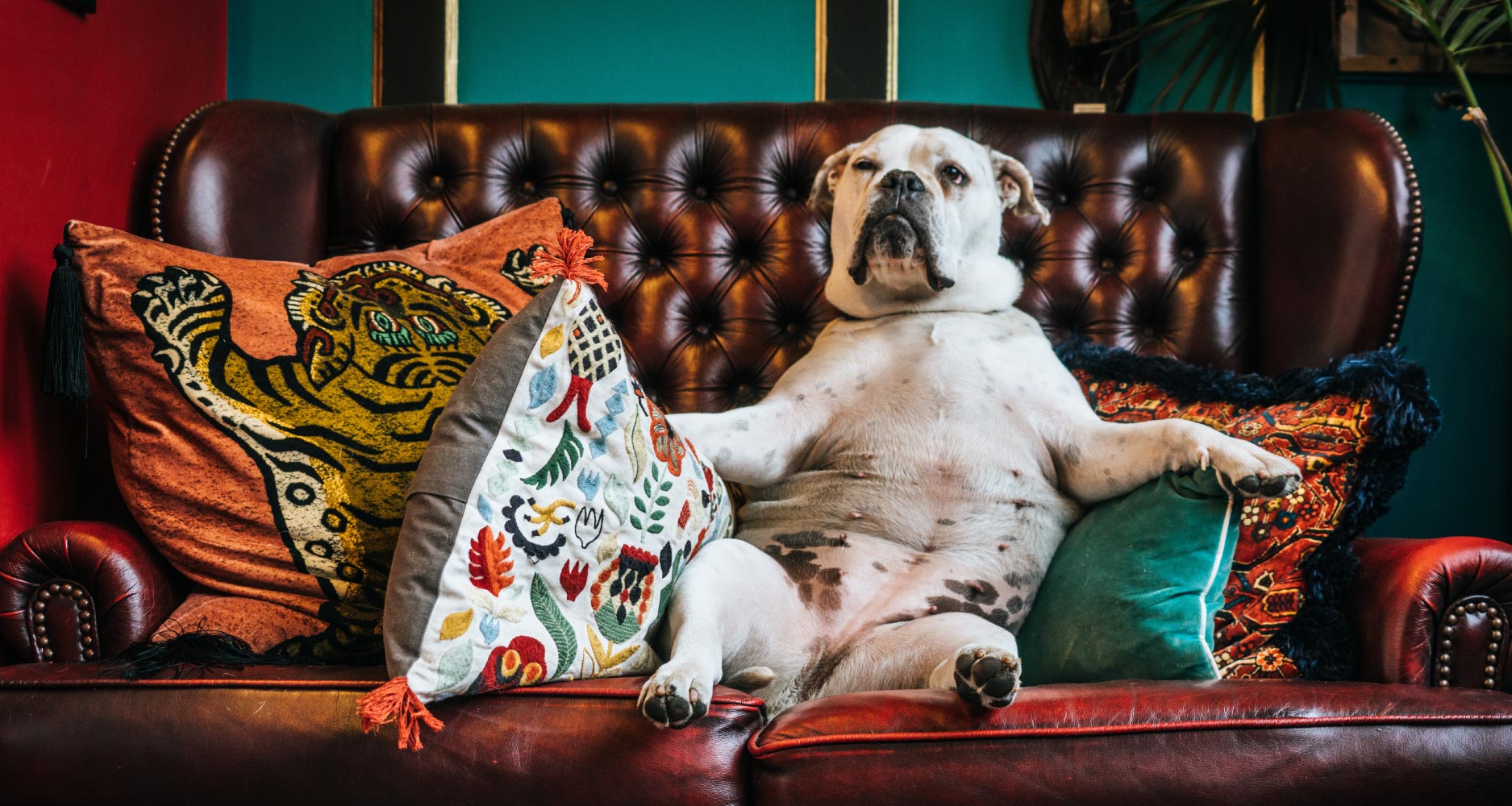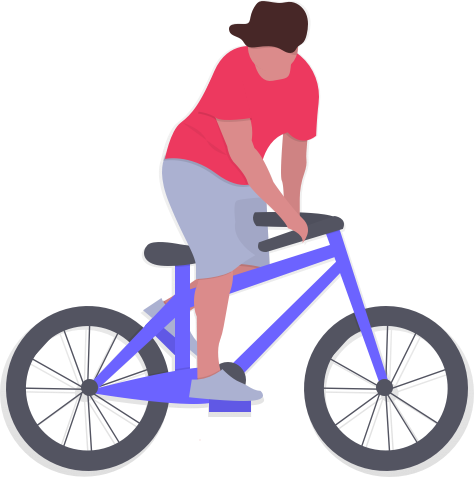HEALTH & WELLNESS

TRENDING

SIGN UP and Start Receiving
Our Monthly Newsletter,
The Chronicles
What to Do When Your Dog is Overweight

The most obvious place to start is reducing your dog’s calorie intake to less than he can burn daily. However, it’s easier said than done.
It Keeps Getting Worse
The number of overweight and obese dogs keeps rising and many people don’t realise that it can lead to life-threatening diseases such as arthritis and heart disease.
Extend Your Dog’s Life
Some studies show that dogs which maintain their ideal body weight live longer and that they are also less prone to diseases.
Denial is a Big Problem
Many owners of overweight dogs are totally in denial when it comes to their dog’s weight. A veterinarian can easily see the difference, but their advice often falls on deaf ears. The argument that ‘they’re not overfed’ is also not valid if they don’t exercise. If they don’t burn off energy, it turns into excess body weight.
What Can Be Done?
The simple recipe is this: Eat less and exercise more. If your dog doesn’t suffer from a disease that causes weight gain, the solution is simple. For this advice to work you both need to make lifestyle changes. Exercising together benefits everyone, so think about the positives and make time in your schedule to help your dog achieve a healthy weight.
Steps to Reach Your Goal
Step 1: Make sure there isn’t another reason your dog is gaining weight, for example, Diabetes, Cushing’s Disease or Hypothyroidism. No? Then see Step 2.
Step 2: Help your dog reach his ideal weight.
Step 3: Make sure your dog keeps the weight off.
Calculating Calories
You can use an online calculator to work out how much calories your dog should consume to start losing weight safely. Check the numbers with your veterinarian or an animal nutritionist. Details such as the dog’s age and exercise routine will play a role as well.
Why You Shouldn’t Rely on Dog Food Labels
These numbers are not designed for weight loss. Speak to your veterinarian about a custom weight loss plan that you can understand and stick to.
Don’t Do this
Free choice feeding (always having food around) is not an option if your dog is overweight.
Do this
Take the daily intake recommended for weight loss and divide it into two or four portions and feed accordingly. Many owners’ schedules won’t allow this option, so they should consider a specifically timed automatic feeder or ask a neighbour/arrange a pet sitter to pop in for feedings.
Guessing is Dangerous so Measure Away
Use the right dog food measuring cups obtained from your veterinary or reputable pet stores. Weighing food is another option.
Not All Weight Loss Food Can Help Your Cause
Words such as “lite” or “diet” should NOT encourage you to blindly invest in a product. Low calorie foods might use unhealthy fillers (for example carbohydrates) that only make your dog feel full for a little while. You don’t want your dog to be hungry all the time or beg for food every chance he gets.
Less of the Regular Could Equal Sad Eyes
Simply reducing their regular food (the stuff you’ve always been giving) doesn’t always work. The calories might be less, but your dog is bound to throw a set of sad eyes your way after every meal (or worse, while you are eating).
Which Weight Loss Products Can Be Trusted?
As you can imagine, quality is important. A high protein content (above average) is essential while the fat count should be below average. The calorie count should also be below average.
The following numbers are recommended by a dog food advisor:

More protein = increased satisfaction and less muscle loss = less sad doggy eyes = and less guilt for you. Lower calories = more food, while also shaking off grams and eventually kilos.
Some people combine kibble and canned food to make it more appealing. Just make sure you get the calorie combination right. Canned food on its own isn’t a bad option either as it often has more protein, less carbs, as well as fewer calories when compared to the same recommended portion of kibble.
You can also speak to your veterinarian about combining quality dog food with home-cooked food, but this may be time-consuming.
Exercise: Another Huge ‘Must-do’
If you don’t exercise regularly, chances are your dog doesn’t get a workout either. There are so, so many benefits for humans and many of these will apply to your dog as well. If you don’t enjoy walking, running or hiking, consider playing fetch, swimming or playing with a bat and ball in the backyard. A minimum of 30 minutes a day will really make a difference.
Check those Numbers
You won’t know how you’re doing if you’re not comparing data. Weighing weekly is important and be sure to compare the numbers with healthy weight loss (1% to 2% per week of their weight). Not happy with the results? Try to gradually reduce the calorie intake even more.
Important
Be vigilant. There might be someone in the household sneaking any form of extra food.
Have You Reached Your Goal?
Great! You may be able to offer a slight increase in food. Just don’t overdo it and don’t stop checking those numbers. Any changes should be addressed with the proper adjustments.
Related Articles











